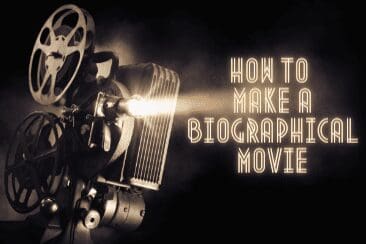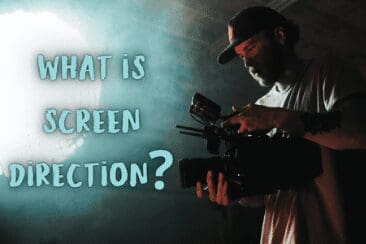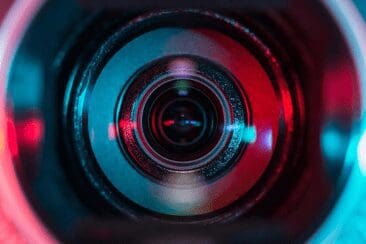B-roll is one of those wonderfully evocative terms you hear thrown around any discussion on film. Immediately, you are transported to a busy Hollywood lot, cameras scattered around, people everywhere – in the middle of the magic of film. What is B-roll you ask?
In many ways, B-roll is the root of movie magic. That’s why in this article, we’ll delve into defining exactly what is a B-roll and how you can use it to make your projects more engaging and professional.
What Is B-Roll In Film?
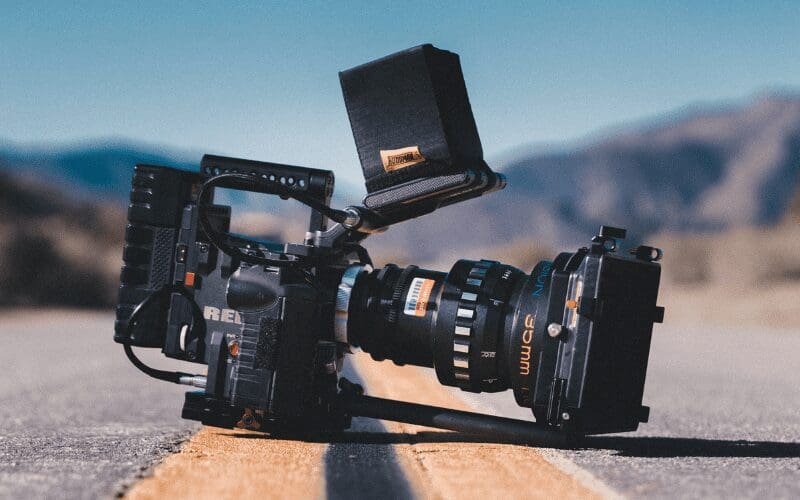
In terms of the B-roll definition, it is the secondary video footage shot outside of the primary (or A-roll) footage. It can be moving images, photographic stills, graphics, or animated sections. If used in the right way, it can transform a project.
The term comes from the early days of Hollywood filmmaking when studios would work with two rolls of film – A and B.
What is the difference between A-roll vs B-roll you ask? A-Roll is essentially anything to do with your story. Whilst B-roll provides supporting footage for your story.
Anything that focuses directly on the actions happening in the story is A-Roll. B-roll, on the other hand, merely supports what is already established by the A-Roll. However, it is not directly referenced in the script.
B-roll is largely made “M.O.S” which means without any sound. The acronym is thought to mean ‘Motor Only Sound’ or ‘Mit Out Sound’.
What Is B-Roll Used For?
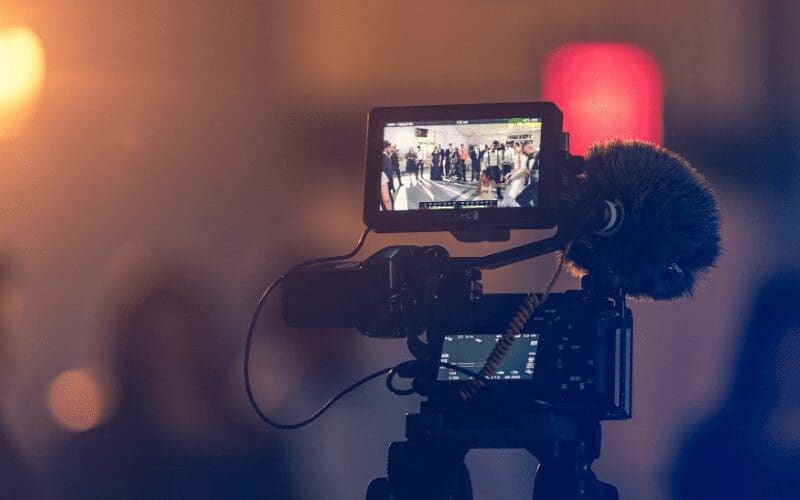
Now that we’ve defined what B-roll footage is, let’s take a look at what it is used for.
Enhancing A Talking Head
You’ve probably noticed that when you are watching a documentary, very rarely does the camera linger on a shot of somebody’s head as they speak directly to the camera. Instead, you might have an established shot of someone talking before cutting to B-roll that underpins the story.
Let’s use Netflix’s hit series ‘Making A Murderer’ as an example. Throughout the series, you have individuals such as lawyers, family members, and others involved in the trial who speak directly to the camera to share their version of events. After establishing the shot of the talking head, the filmmakers often cut to B-roll footage to keep the story visually engaging. These were often aerial shots of the Avery family car salvage yard or news coverage of the Avery trial.
Re-enacting A Story
Sometimes B-roll can be used to re-enact the story that is being told in the A-Roll. An example of this is Netflix’s ‘REMASTERED: Devil at the Crossroads’. This is a documentary about legendary bluesman Robert Johnson.
Of course, given that Johnson was a black musician working in Mississippi in the 1930s who died young – there is no footage of him. In fact, there are only 3 known photographs and just a handful of recordings.
This means that pretty much all of the A-Roll footage is comprised of interviews with musicians and historians. So, the filmmakers often cut to high-quality animations of key moments in Johnson’s life. Such as his early life, performances, learning the guitar, his death, and of course the now-legendary selling of his soul to the devil.
Expanding The Story
B-roll can be used to provide further depth to a storyline. This is done by adding more detail. Or, even by contrasting the main theme of an A-Roll storyline by showing a memory of a different time.
A good example of this is in the famous colour sections of Martin Scorcese’s Raging Bull.
In one of the best boxing movies ever made, the film is shot almost entirely in black and white. But in the middle of the film is a montage showing stills from Jake La Motta’s fights. This is contrasted with what is presented as home movie footage in colour, playing out a changing personal life for the tortured main character.
Establishing A Location
Finally, B-roll footage can be used to establish a location and provide context for the audience. In the second instalment of Christopher Nolan’s Batman trilogy The Dark Knight, the Joker destroys the bridges that lead out of the city.
Here, Nolan cuts to an aerial shot of the city that shows the destroyed bridges and highlights that Gotham’s population is now stranded on the island of the city. Which in turn, underpins the next phase in the story that relies on ferries being the only way out of town.
Another way of using the above technique can be to incorporate a time-lapse shot that demonstrates the passage of time. Or, gives a sense of how busy a particular street might be.
Tips For Shooting B-Roll
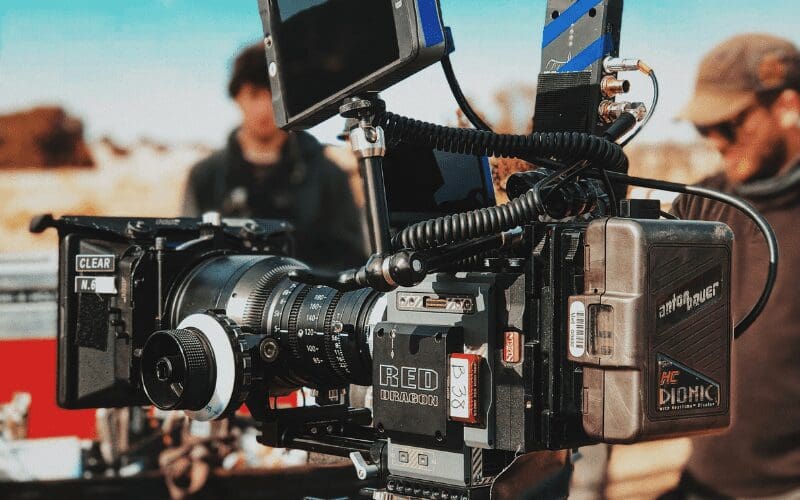
If you are working on your own projects, some good tips around b-roll include:
Shoot A Lot Of Footage
It’s better to have too much B-roll footage and only use the very best shots, than not enough and have to live with lower-quality A-Roll.
Shoot With A High Frame Rate
When it comes to B-roll, shooting at a higher frame rate such as 60 fps is recommended.
This is because it offers the option of slowing the footage down when you come to edit, effectively turning a 1-second shot into a 3-second shot.
Plan Your B-Roll Shots In Advance
Don’t rely on taking B-roll on the fly. Instead, think about what kinds of B-roll footage you will need and who and where will need to be involved.
Then, shoot the B-roll footage when you are in that location shooting other scenes and have the right actors (if you need them) ready to go.
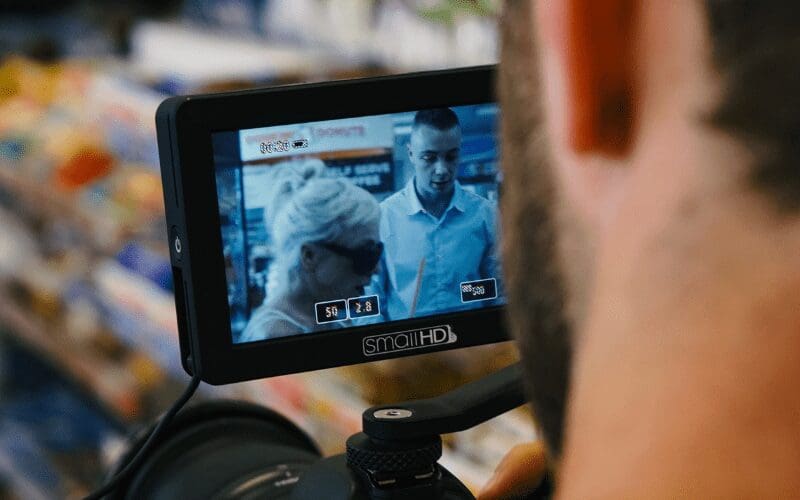
Now You Know Everything About B-Roll
That was our guide on everything you need to know about B-roll!
The film B-roll is the secret weapon in the film editor’s toolbox that can change a dull shot into something much more compelling and professional.
If used properly, B-roll video is the difference between a project that feels long and boring and a project that is exciting and interesting to watch.
Would you like to read more helpful content like this article? Then make sure that you head over to our blog! There are articles about the Best Camera for Music Videos, How to Become a Filmmaker, How to Make a Short Film, and so much more!






